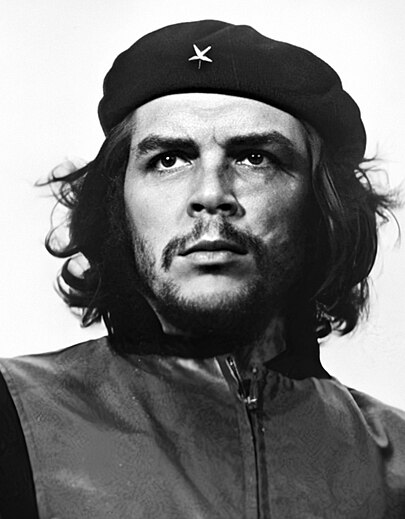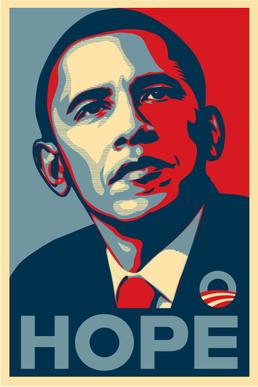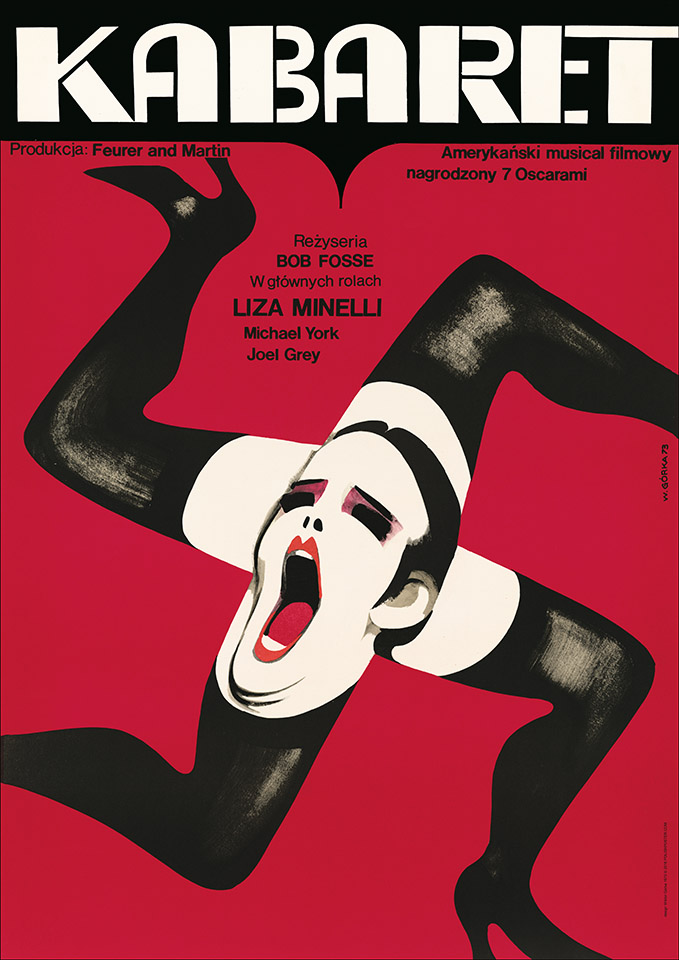It’s hard to imagine a time without Instagram. Yet symbols, pictures, and icons have been a part of human revolutions and psychology. Poster design, particularly during the twentieth century, acted as the representations of some of the biggest movements in history.
For decades, poster designs have had a revolutionary impact on our world, demonstrating how nothing clings better to the mind than a picture. From the Apartheid movement in South Africa and the Women’s along with the LGBTQ+ marches in Washington, D.C., to the recent farmer’s protest in India and the anti war protests across Russia, posters commemorate the leaders we admire, the causes we stand for, and the artists we commend – supporting public figures and speaking up against them.
For a world with a history of many outbursts of revolution—silent heroes, for the longest time, have poured in their support by spreading awareness and contributing towards re-writing the history by creatively conveying strong messages through their poster designs.

‘We Can Do It!’
Pittsburgh artist J. Howard Miller was hired to make a series of posters to inspire employees for the American war effort in 1942. The famous “We Can Do It!” poster was one of these posters, featuring ‘Rosie, the Riveter’, that was rediscovered again in the 1980s.
Rosie is the fictional figure who personified millions of women who worked in American factories, armament plants, and shipyards during the Second World War. Years later, she even became a symbol of the movement for women’s civil rights in the United States.
Fun Fact: Before becoming a Hollywood star, Marilyn Monroe was one of the Rosies during WWII, appearing in a series of photos for an airplane factory.

The Heroic Guerrilla Fighter / Guerrillero Heroico
Alberto Korda’s classic photograph of the Argentine Marxist revolutionary, Che Guevara, at the memorial service for the victims of the La Coubre explosion in 1960 symbolized the image of the Cuban Revolution, inspiring Latin America to date.
The acts of revolution and pop culture were introduced to this photograph when it was later adopted as a poster design by an Irish artist, Jim Fitzpatrick as a gesture to commemorate the heroic Guerrilla Fighter following his murder. The poster became a global phenomenon making appearances at rallies worldwide, and eventually became trivialized as a novelty and featured in graffiti art around the world.
Fun Fact: On looking at the poster carefully, the initial F of the artist’s surname could be seen on Guevara’s shoulder.

The Anonymous Anti-Vietnam War Poster
The United States’ involvement throughout the 1960s in an antagonizing war with Vietnam angered and generated hatred among the citizens towards the government officials, claiming the war to have no good reason to get started in the first place. Being the longest war in American history, the Vietnam War however was considered an act of obligation by the US to stop the spread of communism.
The disapproval and anger was poured in by the citizens in the form of protests, rallies, and even design. One of the ways was the creation of this anti-war poster by an anonymous designer turning the US flag design upside down and changing the stripes with riffles, and the stars with bombs, depicting the bombarding of the Asian country during the war period.

Le Chat Noir
“The Black Cat” (Le Chat Noir) encapsulates a nineteenth-century French entertainment establishment in the Montmarte district of Paris as the first modern cabaret. With this Parisian nightclub’s growing popularity, people from near and far filled the place to enjoy the experience at the famous shadow theater.
Print maker Theophile-Alexandre Steinlen’s famous poster design displaying a magnificent black cat that was used as an advertisement for the theater on tours. The iconic poster further went on to symbolize the entertainment culture of the nineteenth century.

“HOPE”
To support the former US President (and then-senator) Barack Obama’s first presidential campaign in 2008 as a gesture to portray community connect, American street artist, graphic designer, and activist, Shepard Fairey designed this iconic poster with the words “Hope”, “Progress”, and “Change” placed interchangeably at the bottom of the image. The design of the poster with an empowering word and the colors complementing the 44th President’s campaign logo along with the flag of the United States had Obama’s team adopt the image for his official presidential campaign, gaining immense popularity throughout the nation.

‘I Want YOU for US Army’
The ‘I Want YOU for US Army’ poster of 1917 in comparison to all of J.M. Flagg’s posters acquired unrivaled popularity with his face used for the portrayal of Uncle Sam. The poster conveying the message to encourage and recruit soldiers to fight in the First and the Second World Wars was practically seen by each citizen, with its print appearing in newspapers, magazines, and posters. This creatively confrontational graphic was inspired by Alfred Leete’s poster from 1914 showcasing the British Secretary of State of War pointing at the audience.

‘Keep Calm and Carry On’
In preparation for World War II in 1939, the British government created the ‘Keep Calm and Carry On’ design as a propaganda poster that was designed to boost the citizens’ public morale while facing widely anticipated airstrikes in major cities of the United Kingdom.
Despite having 2.45 million copies of the poster printed alongside the occurrence of the war, the poster did not gain as much popularity or was displayed publicly until its copy was rediscovered at Barter Books in 2000.
Since then, it has been re-issued by private companies, used for decorative purposes and in protests, printed on clothing, coffee mugs, and so on, along with being modified to convey messages.

‘Kabaret’
To promote the cult film of 1972, Cabaret, which is remembered for Liza Minelli’s exquisite performance, Wiktor Gorka created this poster design, having it be known as his most famous work. Fusing politics and sex, Wiktor had a swastika pattern formed by the cabaret dancers’ legs in black stockings with Joel Grey’s visage on the poster in bold makeup.
Based on the 1966 broadway musical with the same name by Kander and Ebb, the musical drama, Cabaret, is staged in Berlin during the Weimar Republic in 1931 exploring Berlin’s bohemian underworld and the emergence of the Nazi administration.

‘Peace’
The most recognized and significant symbol used during any act of revolution—the peace symbol—was designed by British graphic designer, Gerald Holtom in 1958 to showcase disapproval of nuclear arms. The frequent and growing use of the symbol had it become an insignia for the Nuclear Disarmament campaign, and further in association with the Cold War.
With a simplified design of a circle with three lines on the inside, the peace symbol is renowned globally and has been found around at times of breach of rights, threat to humanity, or any other purpose one wishes to use it for, be it for printing on a T-shirt or raising it high at a march.

‘Silence = Death’
In a symbolic association with the fight against the AIDS epidemic in America, the ‘Silence = Death’ poster was created by gay rights activist, Avram Finkelstein with Jorge Socarras, Oliver Johnston, Chris Lione, Charles Kreloff, and Brian Howard. The group of six took steps to have conversations turn into action, and with each of its members having an artistic background, they created the poster to convert the community’s fear into action.
The pink triangle on the poster represents the patches forced upon by the Nazi administration on the uniforms of homosexual men during WWII.
Fun Fact: The group spent around six long months creating the poster, precisely working on the design before having it feature in the New York Times.

The Contraception Advocation of 1969
The poster design for the Health Education Council with the display of a pregnant man issued by the United Kingdom’s Family Planning Association in 1969 galvanized the masses with its advocacy for contraception in a challenging manner. In consideration of the stigma around contraception and the “distorting” portrayal of the model’s masculinity, the image succeeded to draw a huge amount of publicity, particularly from men to the subject of unplanned pregnancy – showcasing the power of advertising and making it a part of history for the coming generations.
The greatest posters are those that add up to sculpt the revolution for the future rather than just depicting its significance to be included in the history textbooks. They are those that convey the mass’ stand, communicating in the loudest way possible while taking steps to re-write history.
Written by Upasana Sharma,
Edited by Krishna Rathore and Suranjan Das.
